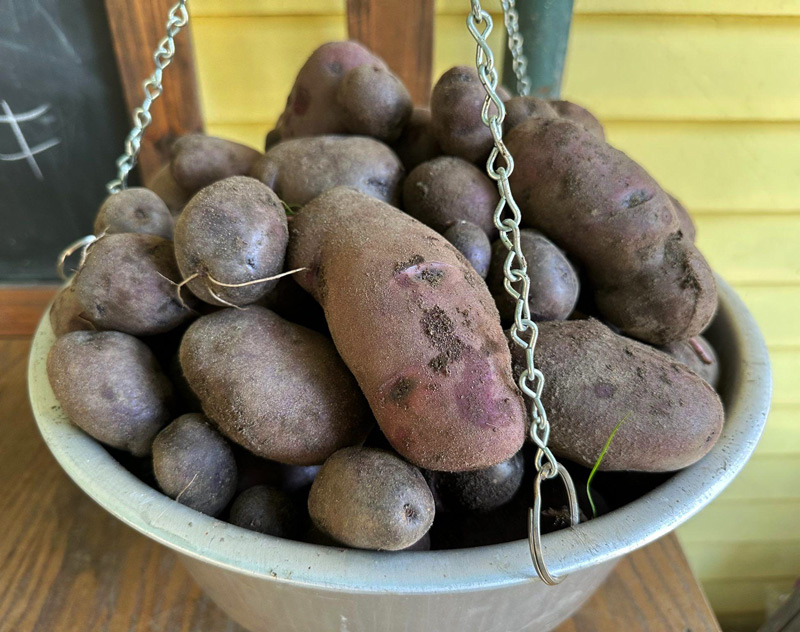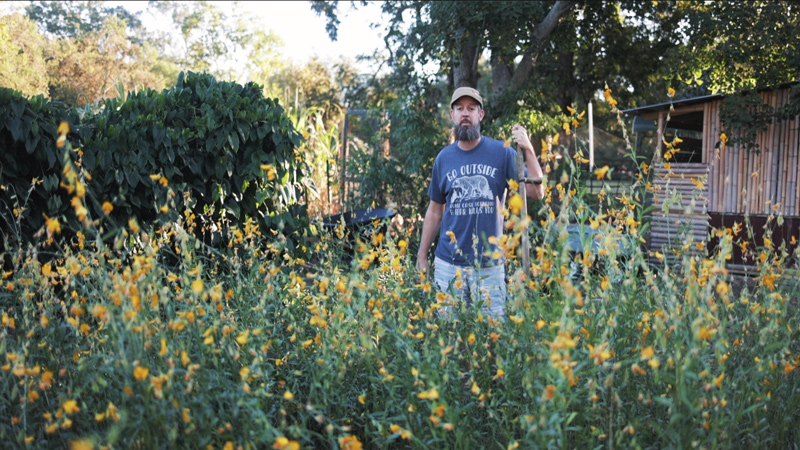Jacob asks about crop rotation:
“I live in the Upper Midwest (Zone 5a), and thought with the recent cold snap, I might spend some time planning our garden for 2024. I’ve watched many of your videos and read several of your books, so I started searching for your ideas on crop rotation and succession planting… and didn’t really find any. I think I remember some ideas you shared in Grow or Die – a six or eight crop rotation, maybe? – but didn’t really find anything on your Youtube channel or website.So, I think I have my answer already – it’s probably more important to just get something in the ground, mix it up, and not plant something back-to-back in the same spot every year – but if you have time, I’d like a more explicit answer: what are your opinions on planned crop rotation and succession by plant family? In your experience and reading, is there any advantage to following certain plant families with others when planting in the same spot – for example, brassicas with nightshades, etc.?”
Though I did write about crop rotation in Grow or Die, I’ve stopped paying much attention to it over the years.
We don’t completely disregard it as a practice, but we spend little time planning rotations.
It works more like this:
In February of 2023, we planted potatoes in a patch of garden that was previously a lawn.
After we harvested the potatoes, we planted the area with a cover crop of sunn hemp.
We slashed that down and cover the area with woven nursery fabric in the fall.
Next month, we’ll plant it with something else. Probably cabbages or radishes. Or maybe corn.
Then next year, it’ll probably be planted in potatoes again. Who knows?
We have various garden areas and styles we use, from row gardens to tighter, highly improved beds, to our Grocery Row Gardens.
What I’ve realized over the years is that nature doesn’t rotate crops all that much. Generally, if you have cleavers or chickweed or some other weed growing in a patch, that same patch tends to self-seed and regrow year after year. It may have some different plants growing there at other times of the year, but it’s often growing the same things year after year.
If we’re tearing the ground down to bare soil and replanting the same crop without anything else growing at other times, crop rotation may be more important. It’s also more important to rotate if we’re growing a crop without adding any nutrients back to the soil before we grow it again. If potatoes are pulling what they need from the ground, and then we plant them again and again without properly re-mineralizing the soil, we’re likely to get deterioration in quality and yields. We’re also likely to have a build-up of potato pests and diseases.
Yet if we grow potatoes, then follow them with peas, then follow the peas with mustard, we’ve probably starved out the potato pests, or confused them until they left, or they were consumed by something else.
We don’t try to get “perfect” rotations. We just don’t plant the same thing in the same spot repeatedly.
That said, I had a neighbor in Florida who planted the same zipper peas in the same spot year after year and always seemed to do fine with them.
In the Grocery Row Gardens, we have perennials that stick around for years, with annuals that come and go as we find gaps to plant them. Some think that keeping certain plant species around from year-to-year, even annuals, may keep their beneficial bacteria and fungi in the soil for them, making them grow better rather than worse. Perhaps this balances the pests that would also remain. I don’t know. But I don’t sweat over rotation all that much.
And I bet if I put some compost on the old potato patch and replanted it this spring, it would do just fine.
There is obviously some benefit in rotating legumes with other crops, since they add nitrogen. See: corn / soybean rotations in commercial farming. Or cotton / peanut here in the South.
Nature is complex and filled with variables. We just do our best to figure out what works. Yet I wouldn’t worry too much with trying to get things perfect.



